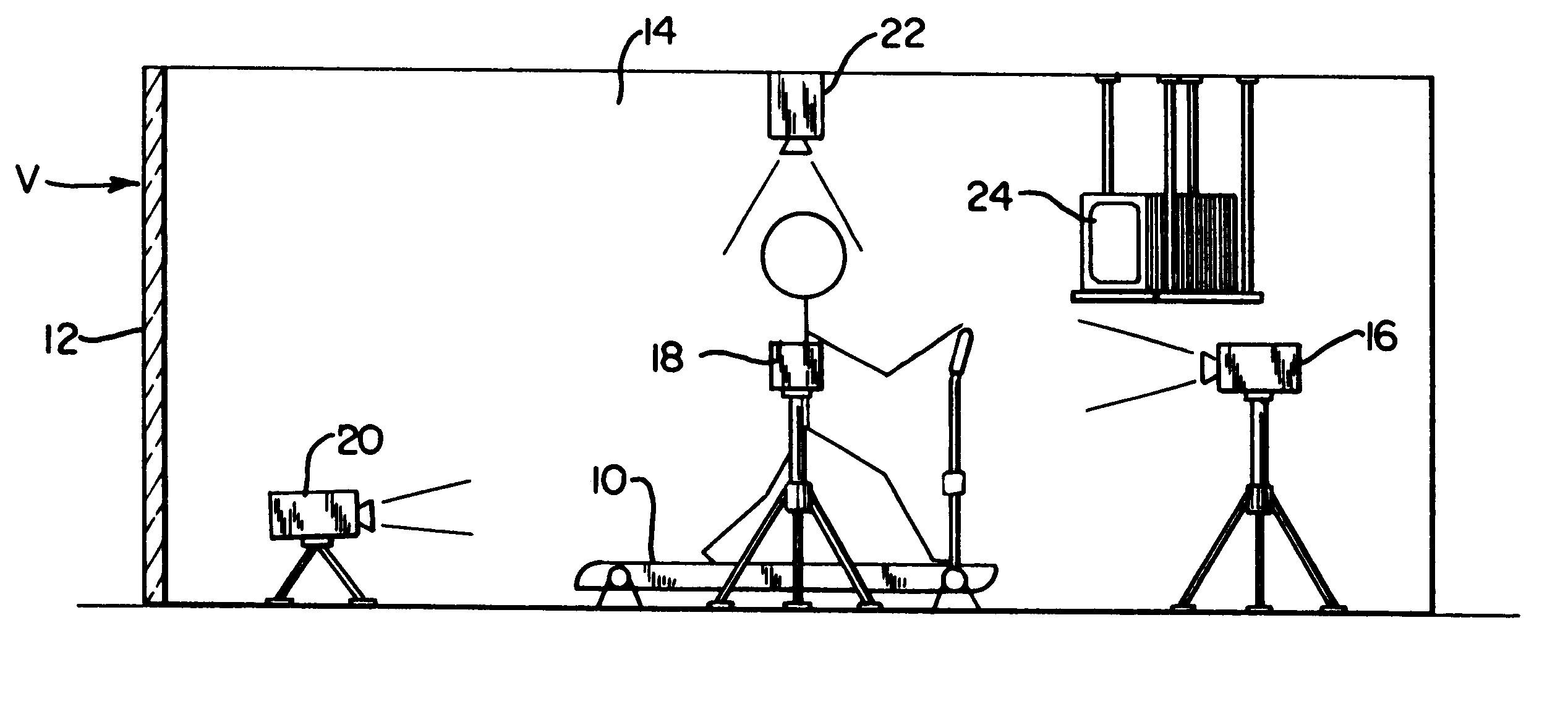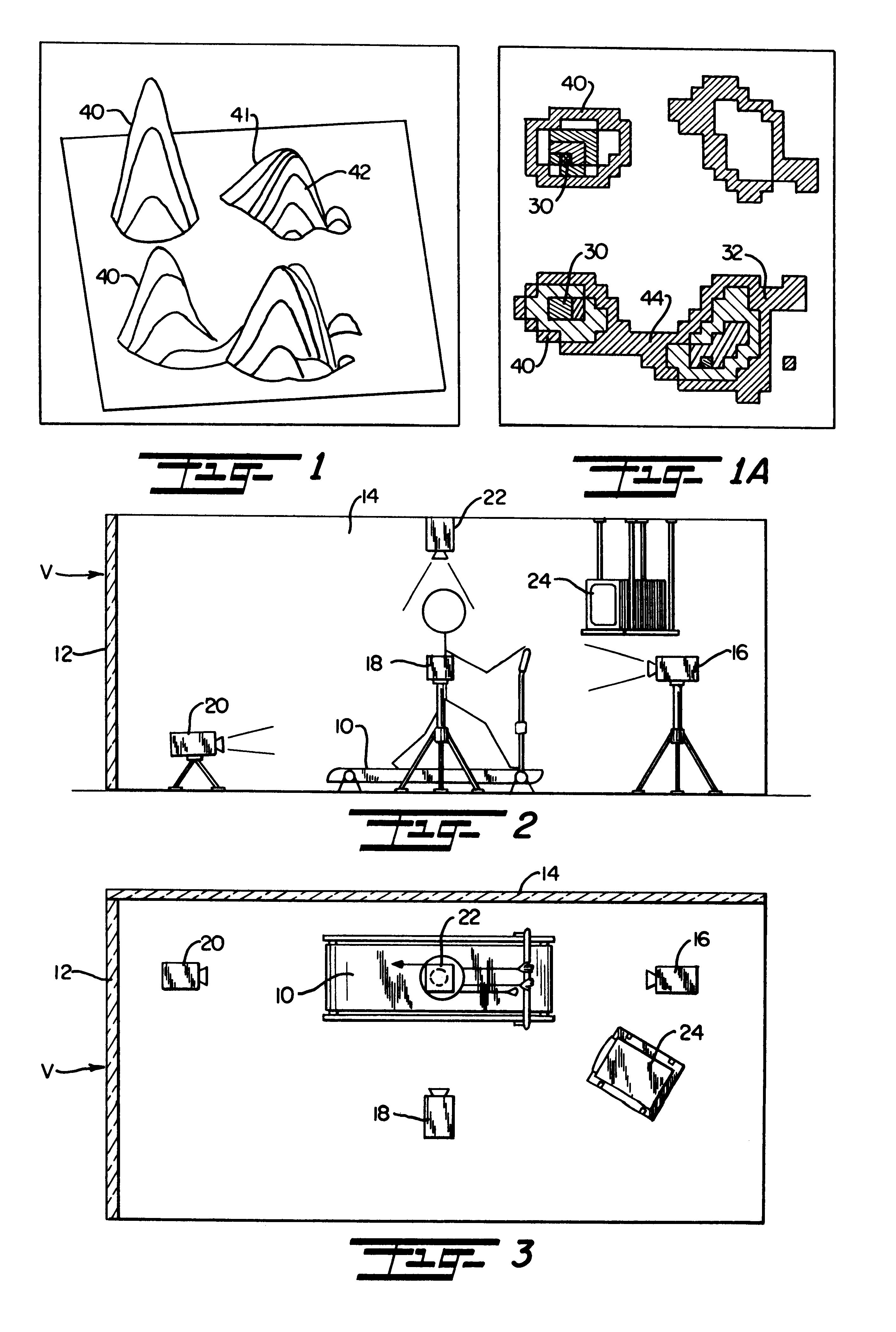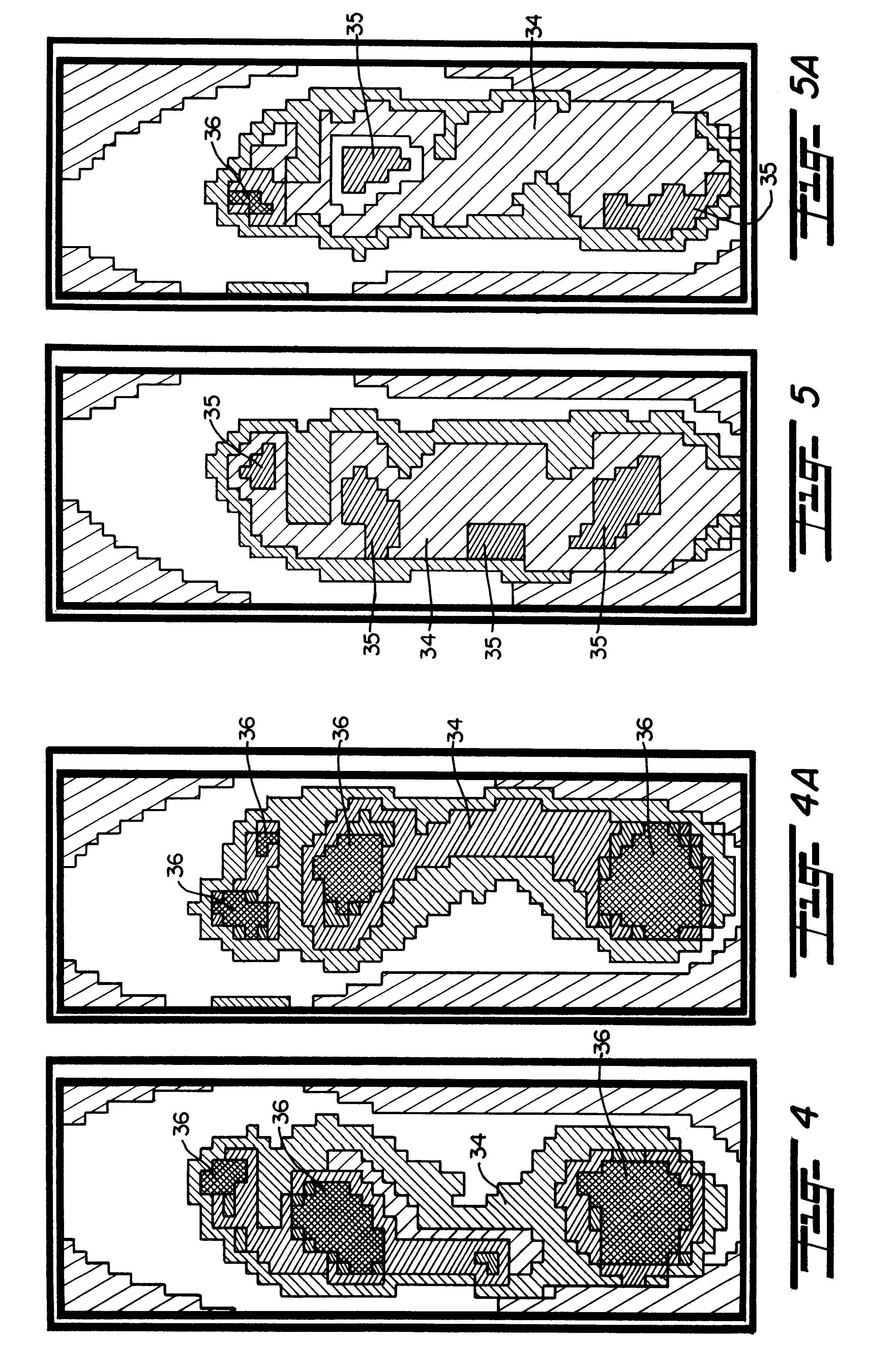Method and apparatus for biomechanical correction of gait and posture
a biomechanical correction and gait technology, applied in the field of biomechanical correction of gait and posture, can solve the problems of inability to walk with as much ease or efficiency, few animal species are capable of bipedal locomotion, and the inability to solve those problems using one of the aforementioned techniques, etc., to achieve permanent relief or cure.
- Summary
- Abstract
- Description
- Claims
- Application Information
AI Technical Summary
Benefits of technology
Problems solved by technology
Method used
Image
Examples
example 1
A patient with complaints of chronic back pain is examined and found to have an adequate range of motion (60.degree.) in the 1st metatarsalphalangeal joint (MTP joint) when non-weight bearing. When walking, the video demonstrates that there is a significant restriction of motion with a total range of only 30.degree. when walking. This indicates functional Hallux Limitus and has a proportional effect on hip extension. In this patient, there may only be 5.degree. of hip extension on the effected side of single limb support. Consequently, the Psoas muscle (a hip flexor) must overwork to not only flex the hip and lift the limb but also accelerate the limb because it is moving too slowly due to the lack of acceleration into swing from gravity. This patient might lean away from the effected limb at toe off to help elevate it and relieve the stress to the Psoas. Since normal human cadence is 90-120 steps per minute when walking, this becomes a minimum of 2700 repetitions per walking hour p...
example 2
A patient with a complaint of abnormal gait secondary to a stroke is examined and determined to have spastic gastroc equinus deformity on the affected side. Slow motion video examination of his gait and posture demonstrate that he has a spastic left hemiplegia gait style. His left heel does not contact the support surface at any time in the gait cycle. His left knee does not maximally extend during the support phase of gait and he demonstrates a right to left torso bend during left single limb support secondary to a functionally short left leg. F-Scan analysis of static stance demonstrates no ground reactive forces or weight-bearing forces on the affected heel. He is fitted with an ankle foot orthosis which is modified according to F-Scan analysis of dynamic peak pressures occurring during walking (similar to the method used in modifying test orthotics) which holds his ankle in neutral thereby allowing his heel to contact the support surface at the beginning of contact phase. If the...
example 3
A patient with a complaint of achilles tendonitis is examined and determined to have a tight gastroc. Slow motion video examination of his gait and posture demonstrate an early heel lift on the affected side. The F-Scan evaluation of static stance shows predominant ground reactive forces and weight-bearing forces transmitted through the forefoot of the affected side. F-Scan analysis of dynamic peak pressures occurring during walking demonstrate that there is minimal pressure of short duration on the affected heel. Treatment for this problem includes a heel lift on the affected side.
PUM
 Login to View More
Login to View More Abstract
Description
Claims
Application Information
 Login to View More
Login to View More - R&D
- Intellectual Property
- Life Sciences
- Materials
- Tech Scout
- Unparalleled Data Quality
- Higher Quality Content
- 60% Fewer Hallucinations
Browse by: Latest US Patents, China's latest patents, Technical Efficacy Thesaurus, Application Domain, Technology Topic, Popular Technical Reports.
© 2025 PatSnap. All rights reserved.Legal|Privacy policy|Modern Slavery Act Transparency Statement|Sitemap|About US| Contact US: help@patsnap.com



